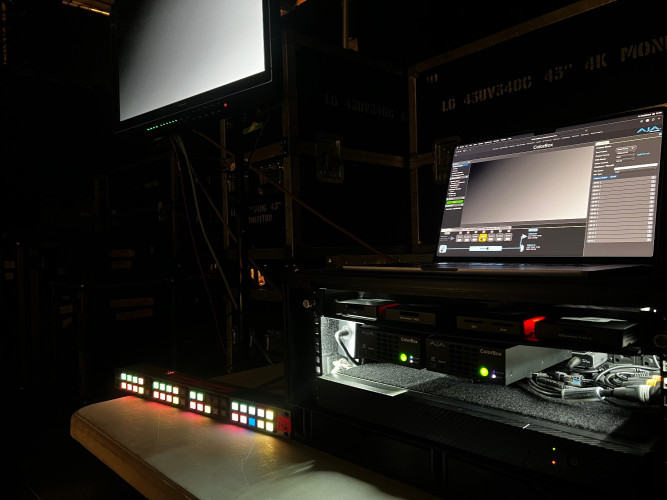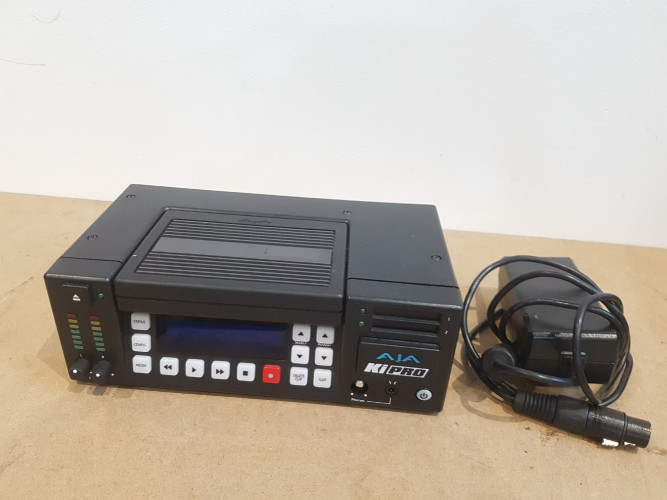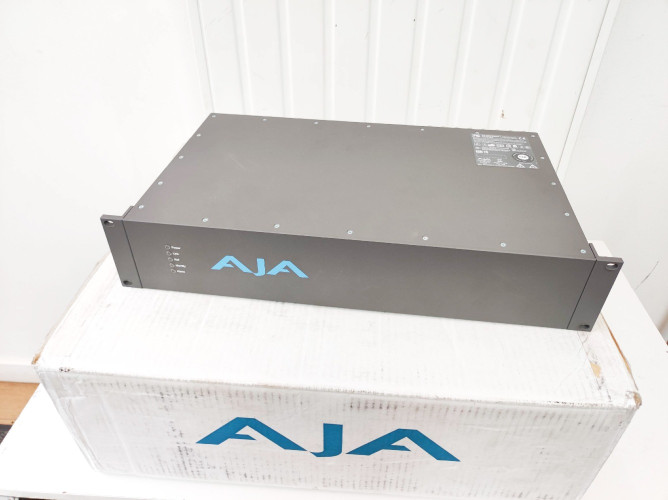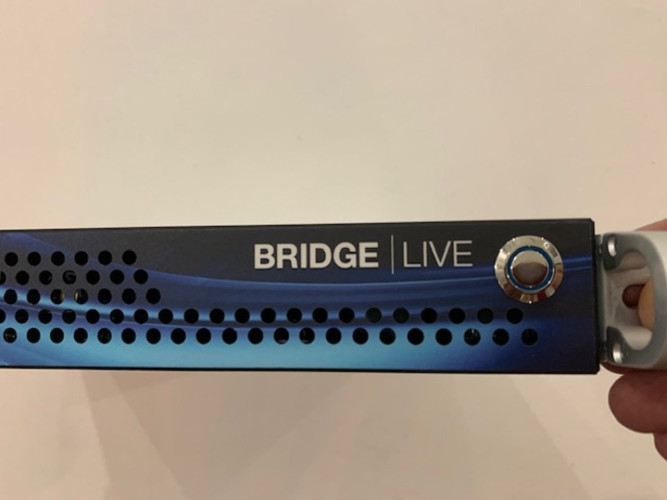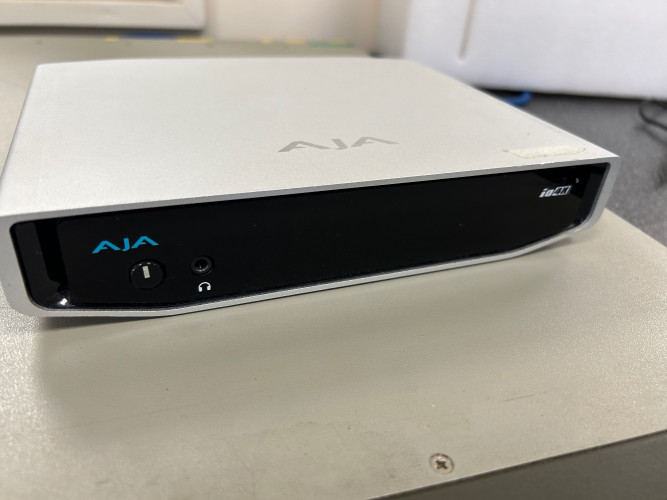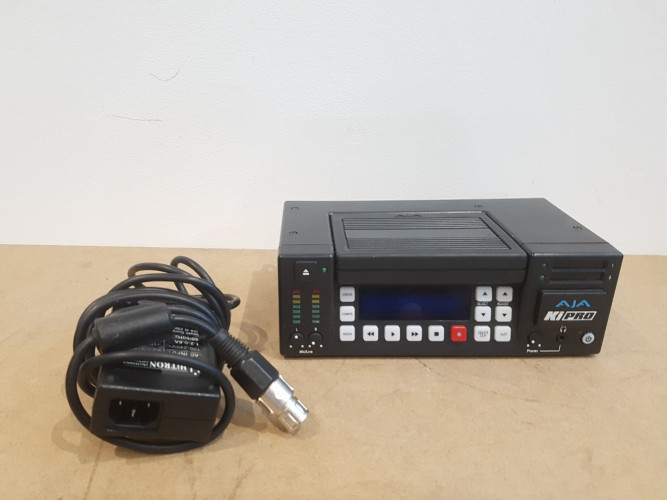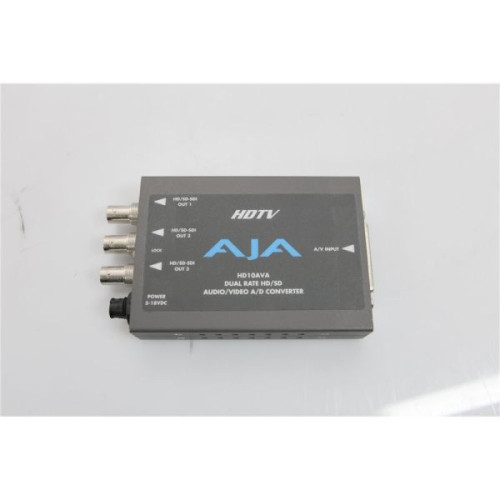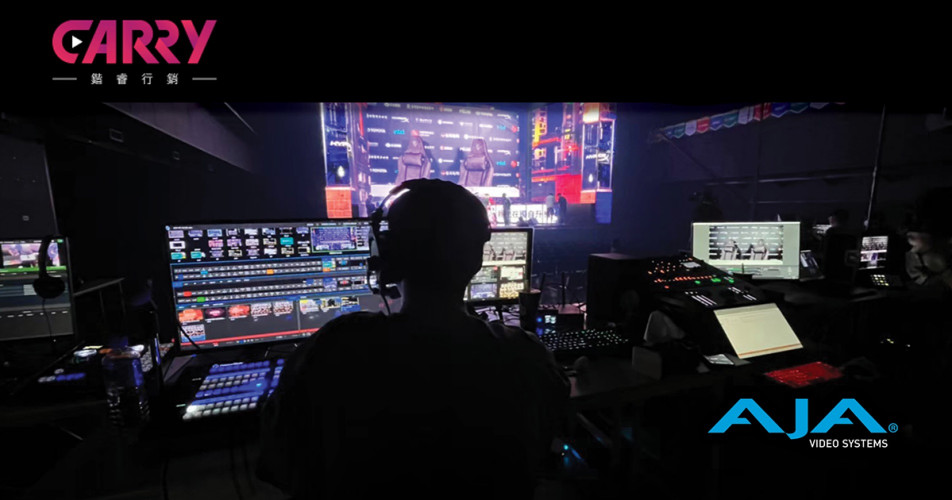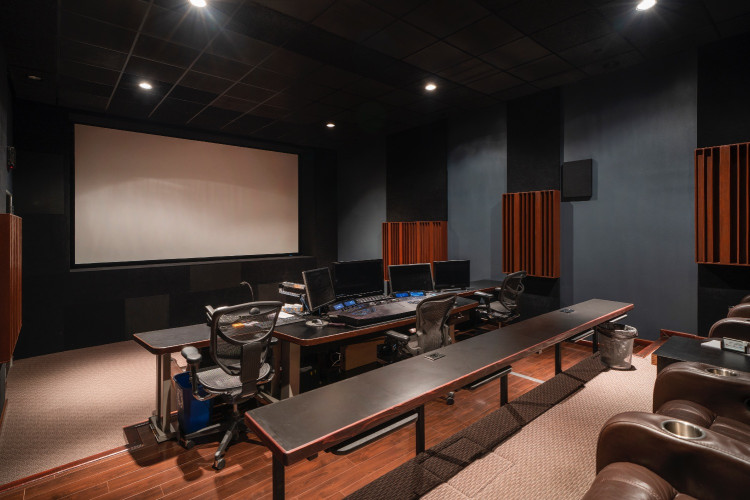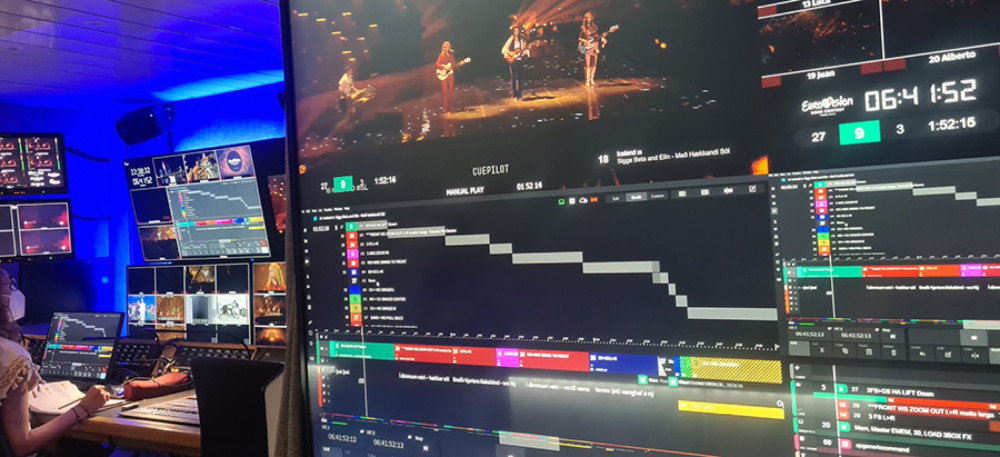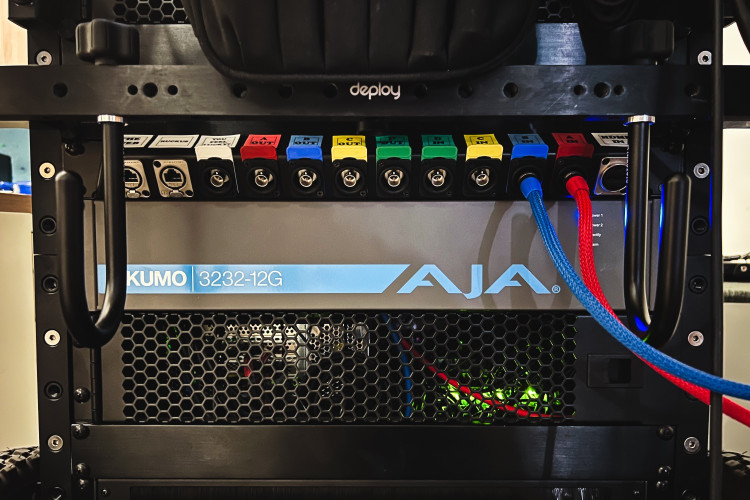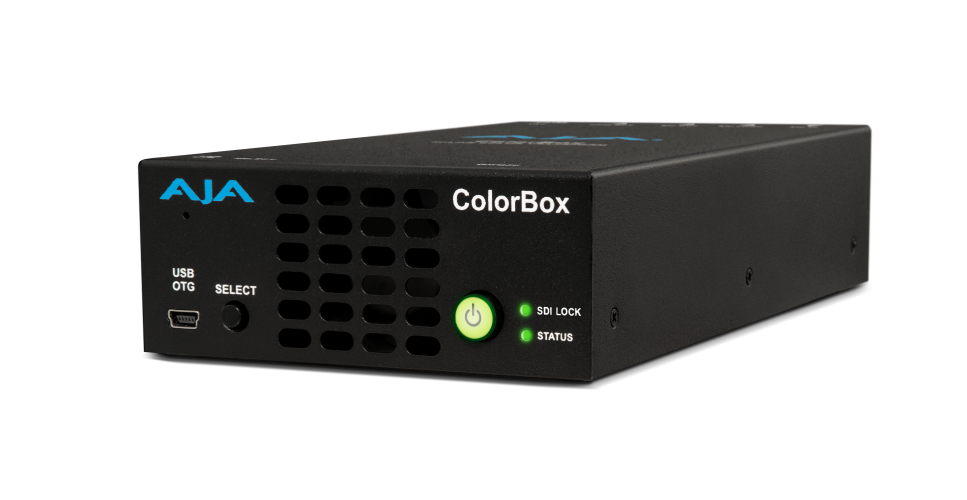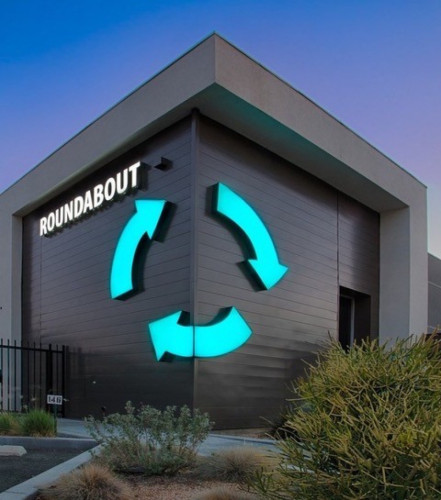Whether working on a feature film, episodic series, or unscripted show, crafting the look of content before it reaches post requires technical acumen and a creative eye. The DIT (Digital Imaging Technician) is integral to this process, bridging the technical realities with the creative goals on-set to ensure the team can achieve its desired aesthetic early in the process; the role is especially vital now that virtual production has brought typical post production work into the production process. Local 600 DIT Sam Petrov has made a name for himself in doing exactly that for a wide range of scripted and unscripted projects. A self-proclaimed technology geek, Petrov stays on top of how the DIT role is evolving within the larger on-set environment and is hyper-aware of the dynamic nature of the technology involved. While he customizes the technology he uses for each project, he’s begun leaning into AJA ColorBox for setup and look management with live grading.
Petrov recently wrapped up an unscripted dating series for a popular streaming platform, setting the initial look for the season and ensuring it worked across all the different components of the show. The production leveraged more than 30 digital cinema cameras in addition to a similar quantity of robotic (robo) cameras. Several of the cameras recorded up to 70 terabytes of 4K footage to AJA Ki Pro Ultra 12G ProRes and DNx recorder/players a day, and the AJA ColorBox in-line HDR/SDR algorithmic and LUT color transform box supported live grading on-set in 1080 SDR.
“ColorBox gives us the confidence that the look of all the different camera angles match up; it’s powerful, robust, and cost-efficient, and fills a real niche,” explained Petrov. “Our profession has long awaited a device like this. Just having the ability to generate a signal up to 4K and test a system is invaluable.”
Working closely with a team, he helped establish the look for a range of motifs and scenes used for the studio portion of the show, such as a lounge where dates are held and the hallway for transition shots. Together, they applied set looks across the different cameras, each with its own unique characteristics and color science. Petrov spent time matching the different cameras in the context of the available hardware on-set. Given the scale and genre of the show, he didn’t reside at his traditional DIT cart but instead worked in an entire tech room, which included equipment like the Ki Pro Ultra 12Gs. Equipment operators ensured that there were no signal errors, and that recordings were happening at the right time, among other tasks.
The workflow and interactions on-set diverged from traditional film or even episodic projects. With so many cameras, hardware, coloring gear, and other technology on his latest project, Petrov would go into the tech room early and collaborate with the lighting director, technical supervisor, and other team members to examine all the technical aspects of the project from resolution to creative. He was one of several key people involved in executing the creative and technical look for the cameras, the show, and different motifs.
“In post, it’s important to have a holistic understanding of processes, workflow, and ultimate vision, so as I moved from post to set in my career, I found myself working upstream. When looking at the screen for a project like this, I know from a coloring standpoint the things I need to watch out for and can course correct earlier in the process, and a product like ColorBox is helpful in this respect,” Petrov shared. “It’s really fun to be able to get the dynamic feedback that ColorBox supports in this environment. I'm able to live grade without having to worry about running into limitations. While I’m currently monitoring and coloring most projects in 1080, having the ability to also work in 4K as it becomes more prevalent is a huge advantage.”
For live grading, Petrov set up his hardware, including the ColorBox, in the tech room, and the team provided a line with a dedicated router, so he could choose the sources coming into his system. This made it easier to work with the show director and lighting director to examine all the various setups and cameras. Once they’d established a base look that they were happy with, the team could quickly switch between cameras to compare, with the live grading aspect in mind, so they knew how it would look from another angle in the exact same space or the same angle but in a different room. This flexibility was paramount with filming taking place across a dozen identical rooms, all with analogous camera configurations; Petrov had to ensure everything correlated from one space to the next.
With ColorBox, Petrov can pull out a single standalone device and get to work. He continued, “ColorBox is just fantastic. I simply navigate to the web UI and can crank out a color test pattern, then change different frame rates to whatever we need for the technical standard. I know we’re getting exactly what’s needed from the hardware before we even get to the creative side of color.”
He also finds the ability to stack multiple ColorBoxes and generate different signals with different test patterns, resolutions, or frame rates useful. It allows for flawless execution in the moment when Petrov and the team need to shift focus to more time-sensitive work. “Having a tool like ColorBox is a huge boon to my work,” he concluded. “It gives me peace of mind and makes it easier to deal calmly with situations that would normally present nuanced challenges.”



